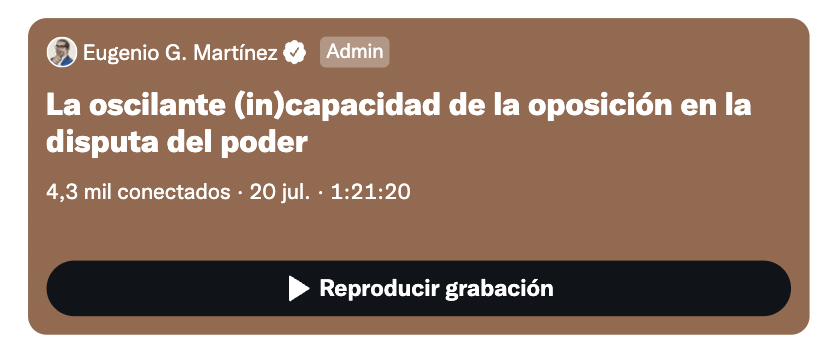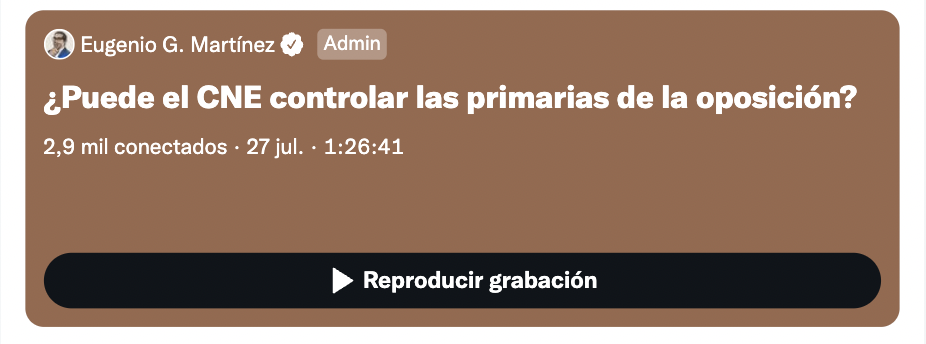By Leonardo Vera / Carpe Diem Report
With a noticeable (but still very sketchy) recovery of oil activity, with signs of a modest and scattered revival of non-oil economy, and with a gradual disinflation process, the Venezuelan economy closes 2021 with no clear prospect of a significant change that could lead to a sustained and robust inclusive growth.
The termination of the protracted and deep economic downturn and of the equally ongoing hyperinflation that has ravaged the country over the past years is certainly positive and significant news. However, the challenges to start a rebuilding process are huge and significant barriers remain in place hindering quality as strength for future growth. Let’s take a look at the nature and size of the challenges.
The oil sector
Throughout 2021, the Venezuelan oil sector marked a partial recovery of the production levels that recorded a steady loss since 2016. In December 2020, Venezuela’s oil output averaged 430,000 barrels per day. Eleven months later, in November this year, OPEC’s secondary sources reported an output standing at 625,000 barrels per day. Off the record, Tareck El Aissami’s statement issued on Christmas Day announced that Venezuela reached again an oil production of 1,041,660 barrels per day, a level that had not been achieved since 2018. This rebound would result from a rapid conclusion of agreements with small, low-profile contractors, and a recent deal to swap crude for Iranian naphtha. A rebound that is questioned by some experts.
Regarding the immediate future of the hydrocarbons sector, our premise, however, is still based on the fact that in the absence of regulatory and organizational changes, and in the absence of huge resources and investments, the sector’s recovery has a lower ceiling.
The non-oil economy
Although no official data on the development of the non-oil sector throughout 2001 are available, we unofficially know that the economic activity of the agro-industrial sector, food production, the pharmaceutical sector, and retail trade mainly related to imports have seen growth. Construction and manufacturing, which are traditional and very dynamic sectors for job creation in Venezuela, do not show significant stimulus although the average sales index reported by Conindustria records a slight growth in the second and third quarters of 2021.
The stimulus to these more dynamic sectors results from the progress of dollarization of revenues and wages showing levels of incremental improvements throughout the year. The Conindustria’s business situation survey (corresponding to the third quarter of the year) reports higher wages for blue-collar staff, technicians, professionals, and managers throughout the first three quarters of the year.
Prices
Year-on-year inflation rate (measured monthly) has been gradually easing very clearly in the last 7 months, and the quarterly average of the monthly inflation rate (a simple way of moderating a highly volatile trend) has steadily declined in the last 12 months.
Following forty-seven months or almost 4 years of high inflation (or hyperinflation) with devastating socio-economic consequences, the fact that the economy is entering a gradual process of disinflation is not at all surprising. As we have noted in previous reports, the remaining choice has been to expect the gradual implementation of the demonetization process as an anchor to eradicate the phenomenon.
The major challenge in prices is that the Venezuelan economy consists of future price setting of many goods in dollars, thus widening a gap between prices and low income and salaries.
The monetary policy
The monetary policy regulated by the Central Bank of Venezuela has been focused on soaking up the liquidity in the financial system and on conducting irregular interventions when providing foreign currency in the official exchange market managed along with the financial system. To a certain extent, these actions have enhanced the demonetization process.
It is worth recalling that since February 2019, the monetary authority has been focused on controlling banking liquidity by raising the reserve
requirement ratio to the current levels of 85% for deposits in national currency and 31% for deposits in foreign currency.
However, the economy is paying a very high cost with a monetary policy focused on and aimed at controlling liquidity through banks, and not by cutting the monetary financing of fiscal management. On the one hand, liquidity control is only partial when the BCV continues to finance the deficit management of the public sector. On the other hand, the credit market has completely disappeared for consumer purposes (cards, vehicles, and mortgage loans), and is almost non-existent for the productive business sector.
The international context
Venezuela is still amid an international context marked by US sanctions impacting the local economy, with a global extent. The oil business has been severely impacted. The traditional trade and financial networks, which are critical for the proper development of the private sector, are also broken. This results in a Venezuelan economy with limited opportunities for business, with no international financing (including domestic financing), and without the possibility to leverage the gradual expansion of regional and global trade.
In addition, the country has not been given access to the multilateral rapid support that has been implemented as a response to the pandemic and the resulting crisis. Neither it is able to access the allocation of $5.1 billion worth of SDRs it is entitled to as partner and founding member of the IMF, following the approval by the Board of Governors of the International Monetary Fund (IMF) of a general allocation of special drawing rights (SDRs) amounting to $650 billion for member countries on August 2.
Conditional recovery
Certainly, as long as the financial and trade isolation of Venezuela continues, a robust and sustained recovery of the economy will be less possible. This includes an economy that also lacks growing internal strengths, beyond a certain onset of the consumption of “essential goods”.
Bank loans are dormant and there are no clear signs of progress aimed at authorizing lines of credit in foreign currency. This is one of the tightest internal restrictions facing formal private businesses. Meanwhile, with the income and salary levels remaining below the average level of the region, the consumer demand of final goods and services will be focused on essential items, thus slowing down any possible stimulus of the crippled manufacturing sector.
The oil sector will not see a full, organized, and sustained revival. There are institutional efforts that need to be undertaken to provide the business and the operations of the entire value chain with a regulatory shift that can be resolute and credible. Otherwise, the sector would not start to attract some direct investment inflows and new operators required to reverse the downward trend of the last 5 years.
At macroeconomic level, the Venezuelan State is no longer an essential driver for recovery. There is no fiscal stimulus applicable neither through expenses nor taxes. However, its contribution is still important as long as the provision of essential services can be improved significantly.
Electricity, transport, and communication networks are current bottlenecks hindering the development of local economic activity. The fuel shortage is also a significant restriction. Hence, the poor administration of Nicolás Maduro is more evident and the possibilities of improving his political proposal are further reduced.






